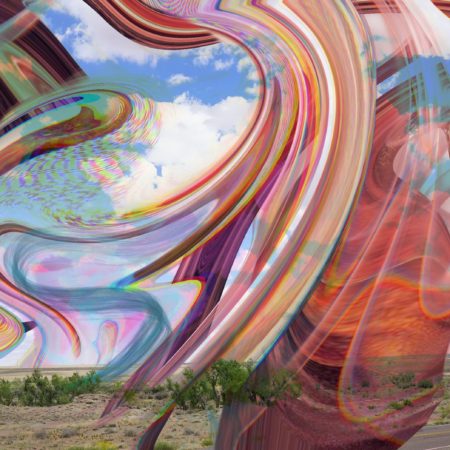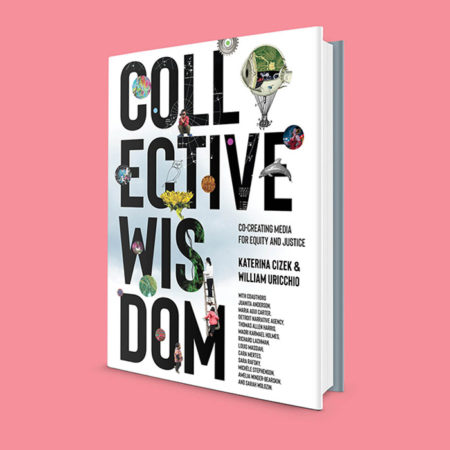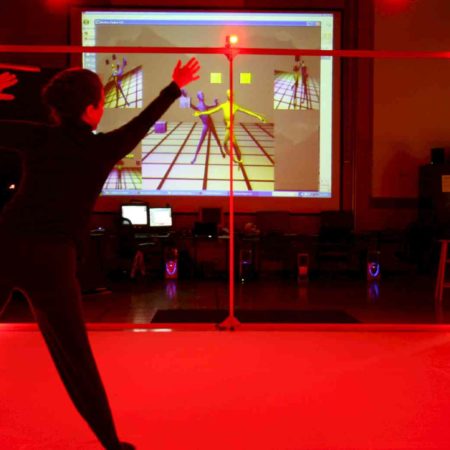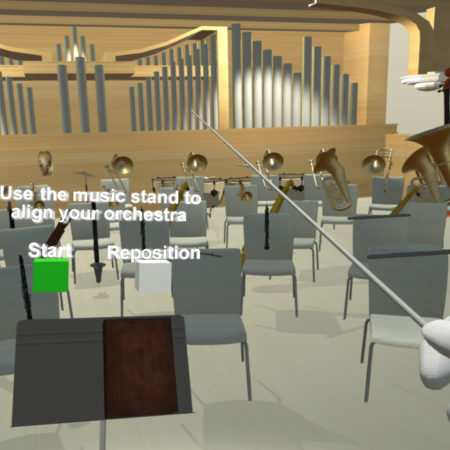What is Decentralized Storytelling?
MIT Co-Creation Studio | MIT Open Doc Lab | MIT Comparative Media Studies | McArthur Foundation, August, 2021, pp. 1-2. https://cocreationstudio.mit.edu/decentralized-storytelling/
Description
This piece offers highlights from a research framework called Decentralized Storytelling I developed as a Guild of Future Architects member. I continued this research as a Mozilla and Co-Creation Studio fellow in 2019–2020. We are cross-publishing this piece at the Guild of Future Architect’s publication GoFAr.
Every month, 55 million people play Minecraft. Discord boasts 130 million users. At any given time there are a million people watching Twitch streams. There are 1.8 billion gamers around the world.
These new formats are popular because they meet a deep psychological need: the basic human drive to interact with other people through stories. I call this new way of telling stories “decentralized storytelling.”
Decentralized storytelling only seems new — many of these techniques have a precedent in much older storytelling traditions. My thinking on this method for communicating through time is heavily informed by my native tradition (I am Seneca-Cayuga, Haudenosaunee, a “‘Native New Yorker” lol). My community has practiced decentralized storytelling for generations.
Unlike publishing, radio, film, and television, which broadcast from a single source to an audience of many, decentralized storytelling networks are peer-to-peer; they emerge from the collective space of audience participation.
Additional information
| Author | Amelia Winger-Bearskin |
|---|---|
| Journal | MIT Co-Creation Studio, MIT Open Doc Lab, MIT Comparative Media Studies, McArthur Foundation |
| Month | August |
| Year | 2021 |
| Pages | 1-2 |
| DOI | https://cocreationstudio.mit.edu/decentralized-storytelling/ |
Citation
Citation
BibTex
@article{digitalWorlds:497,
doi = {https://cocreationstudio.mit.edu/decentralized-storytelling/},
author = {Amelia Winger-Bearskin},
title = {What is Decentralized Storytelling?},
journal = {MIT Co-Creation Studio | MIT Open Doc Lab | MIT Comparative Media Studies | McArthur Foundation},
month = {August},
year = {2021},
pages = {1-2}
} 














